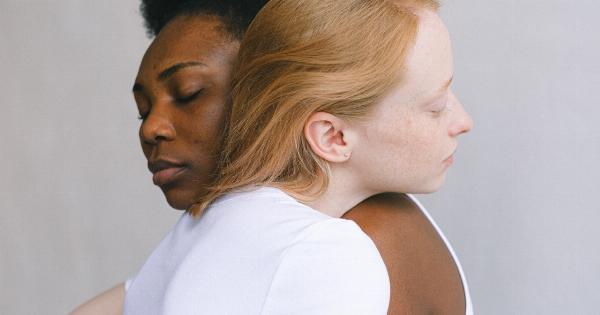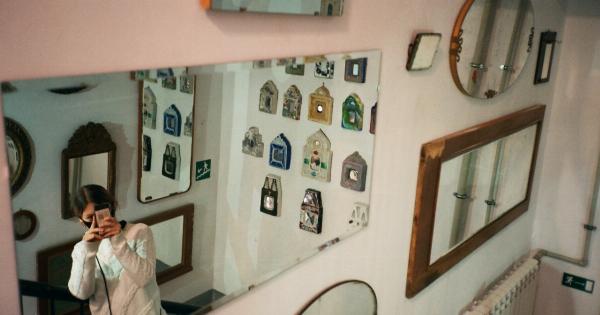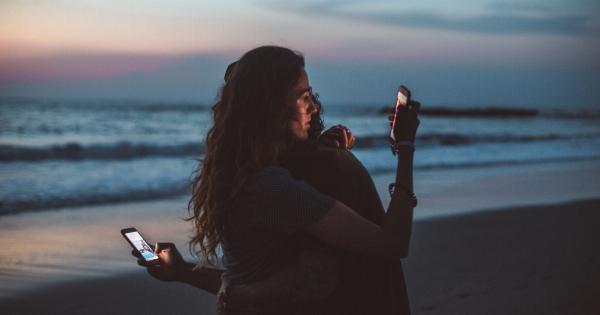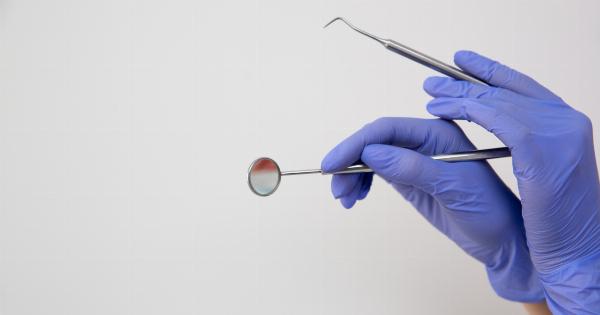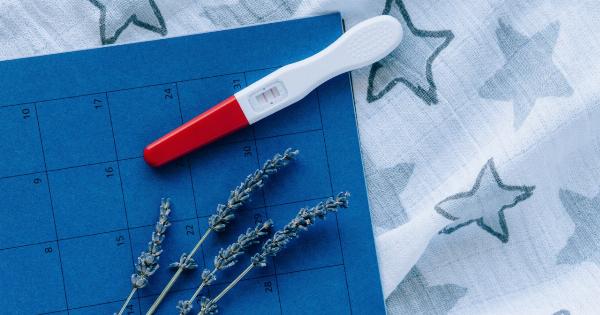Everyone has heard of the “honeymoon phase” that couples go through at the beginning of a relationship. It’s that magical time when everything seems perfect, and nothing can go wrong.
You’re both on cloud nine, and it feels like you’ll stay that way forever.
However, many people also believe that the honeymoon phase is just a myth. They think that it’s something that’s been romanticized in movies and books, but it doesn’t really exist in real life.
But the truth is that the honeymoon phase is real, and it’s not just a figment of our imaginations. And what’s more, recent research has shown that it can even last longer than we originally thought.
What is the Honeymoon Phase?
Before we dive into the details of how long the honeymoon phase lasts, let’s first define what it is.
The honeymoon phase refers to the early stages of a romantic relationship, usually lasting anywhere from six months to two years. During this time, both partners are infatuated with each other and everything feels new and exciting.
They’re still learning about each other and discovering things that they have in common. They’re also more forgiving of each other’s faults and quirks because they’re still blinded by their strong feelings for each other.
The honeymoon phase is often characterized by intense physical attraction, giddy feelings of happiness, and a sense of euphoria. It’s a time when partners feel like they’re walking on air and that everything is perfect.
Does the Honeymoon Phase Really Exist?
For years, people have debated whether or not the honeymoon phase is real. Some believe that it’s just a myth, and that it’s something that’s been romanticized in movies and books.
However, recent research has shown that the honeymoon phase is indeed real. In fact, scientists have even found evidence to suggest that it’s a biological response.
When we’re in the early stages of a romantic relationship, our brains release a number of chemicals that make us feel happy and excited. These chemicals include dopamine, oxytocin, and serotonin.
These chemicals work together to create feelings of pleasure, happiness, and euphoria. They’re also the reason why we can’t stop thinking about our partner, even when we’re apart.
So, yes, the honeymoon phase is real, and it’s not just a made-up concept. It’s a very real experience that most people go through when they’re in the early stages of a romantic relationship.
How Long Does the Honeymoon Phase Last?
Now that we’ve established that the honeymoon phase is real, the next question is: how long does it last?.
For a long time, experts believed that the honeymoon phase typically lasted around six months to a year.
After that, couples were said to enter the “power struggle” phase, where they would start to notice each other’s faults and argue more frequently.
However, recent research has shown that the honeymoon phase can actually last much longer than we originally thought.
One study, published in the Journal of Sex Research, found that the honeymoon phase can last for up to two years in some cases.
The study followed a group of couples over a two-year period and found that many reported still feeling very much in love with their partners even after two years had passed.
Another study, published in the Journal of Social and Personal Relationships, found that couples who reported feeling very much in love after 25 years of marriage also recalled feeling intense feelings of passion during the early stages of their relationship.
So, while the honeymoon phase may not last forever, it can certainly last longer than we originally thought. And even after it’s over, couples can still feel very much in love with each other for many years.
Why Does the Honeymoon Phase End?
While the honeymoon phase can last for a few months or up to two years, eventually it will come to an end. The question is, why?.
There are a number of factors that can contribute to the end of the honeymoon phase. One of the main ones is simply that the chemicals in our brains that are responsible for the feelings of euphoria and happiness eventually start to level off.
As our brains become accustomed to the presence of our partner, these chemicals start to produce less intense feelings of pleasure and excitement.
In addition, as couples start to spend more time together, they also begin to notice each other’s faults and quirks. This can lead to arguments and disagreements that weren’t present during the honeymoon phase.
Another factor that can contribute to the end of the honeymoon phase is simply that life gets in the way. Work, family commitments, and other responsibilities can take up more and more of our time, leaving less time for romance and intimacy.
Is the End of the Honeymoon Phase a Bad Thing?
Many people view the end of the honeymoon phase as a bad thing. They think that once the honeymoon phase is over, the relationship is doomed to fail.
However, this simply isn’t true. The end of the honeymoon phase is a natural part of any relationship, and it doesn’t mean that the relationship is over or that it’s doomed to fail.
In fact, some experts argue that the end of the honeymoon phase can actually be a good thing. Once the intense feelings of passion and euphoria have faded, couples can start to build a deeper, more meaningful connection with each other.
They can start to appreciate each other for who they really are, faults and all. They can also start to build a foundation of trust and commitment that will stand the test of time.
So, while the end of the honeymoon phase may not be as exciting and thrilling as the beginning, it’s certainly not a bad thing. In fact, it can be the beginning of a deeper and more meaningful relationship.
How to Keep the Romance Alive
While the end of the honeymoon phase is perfectly normal, there are things that couples can do to keep the romance alive and ensure that their relationship continues to thrive.
One of the most important things that couples can do is to keep the lines of communication open. This means talking to each other about their feelings, hopes, and dreams, as well as any concerns or fears that they may have.
Couples can also keep the romance alive by making time for each other. This means setting aside time each week to spend together, whether it’s going on a date or just cuddling on the couch.
They can also surprise each other with little gifts or gestures of love, such as leaving sweet notes for each other or planning a surprise weekend getaway.
Another important way to keep the romance alive is to continue doing the things that made the relationship feel special during the honeymoon phase.
This might mean cooking dinner together, listening to each other’s favorite music, or simply cuddling on the couch and watching a movie.
The Bottom Line
The honeymoon phase is a very real part of any romantic relationship, and it’s something that most couples go through at the beginning of their relationship.
However, recent research has shown that the honeymoon phase can last longer than we originally thought.
While the end of the honeymoon phase is a natural part of any relationship, it doesn’t mean that the relationship is doomed to fail.
Couples can keep the romance alive by keeping the lines of communication open, making time for each other, and continuing to do the things that made the relationship feel special during the honeymoon phase.
So, whether you’re just starting a new relationship or you’ve been with your partner for years, remember that the honeymoon phase is something to be cherished and enjoyed.
And even when it comes to an end, the love and commitment that you share with your partner can continue to grow and thrive for years to come.










